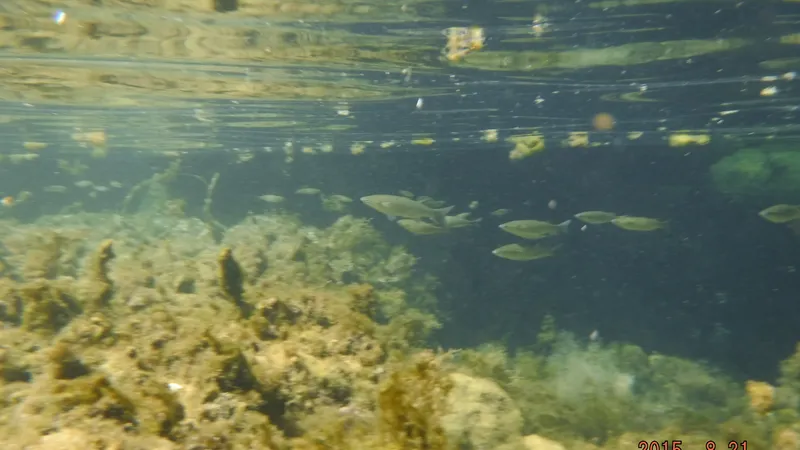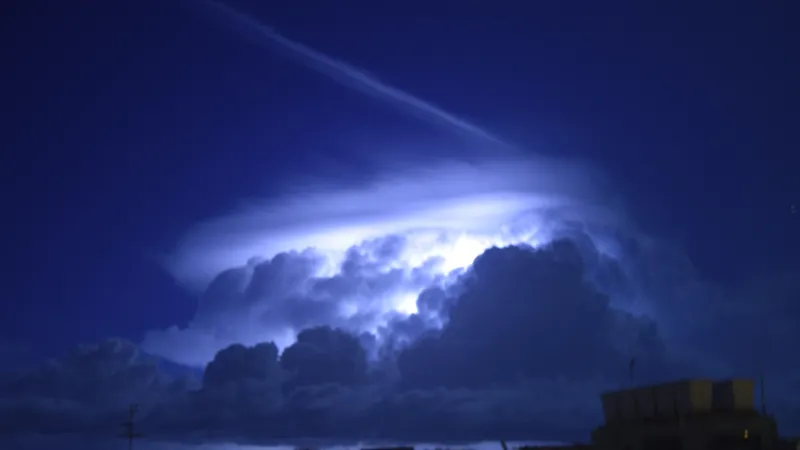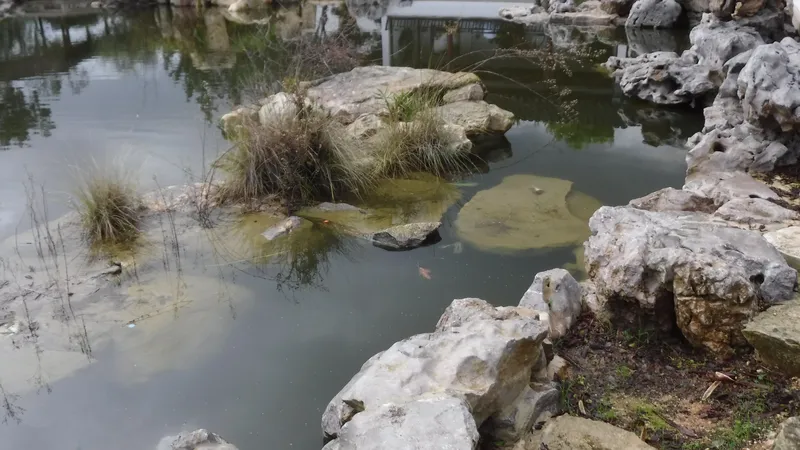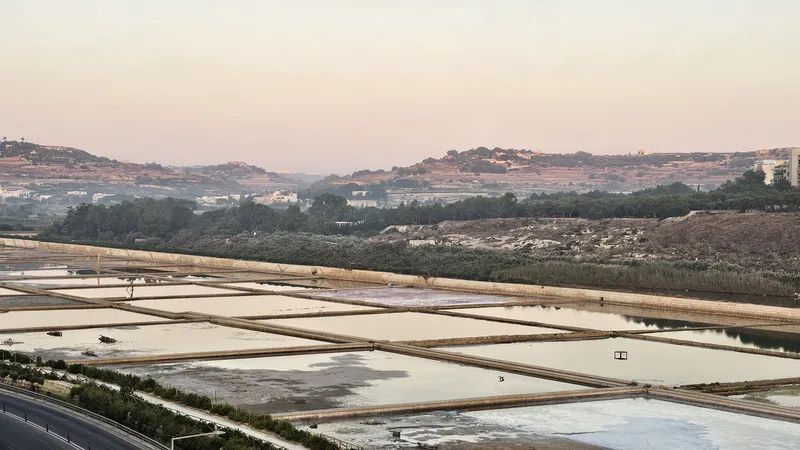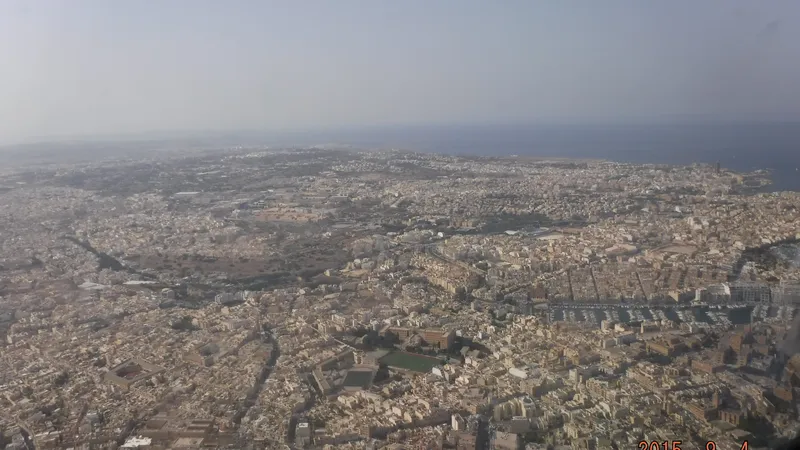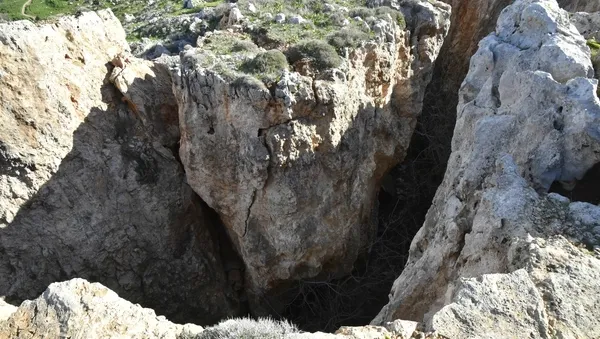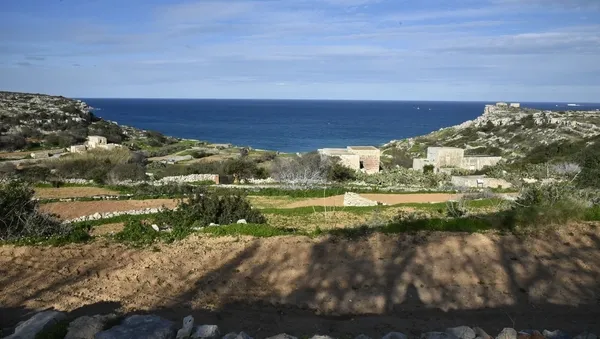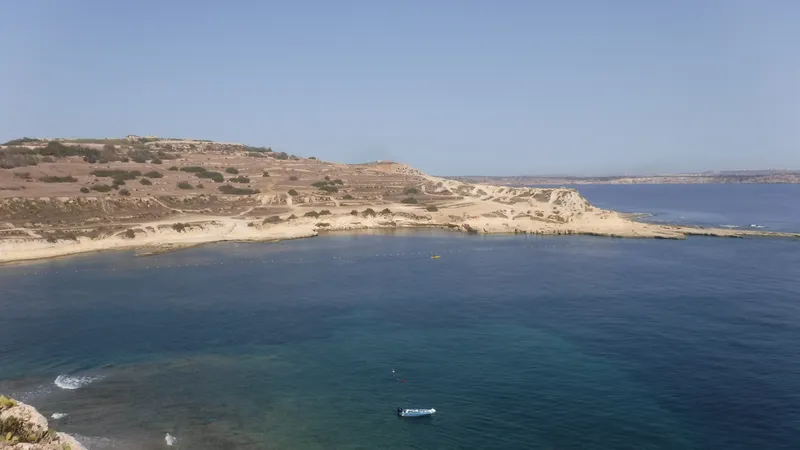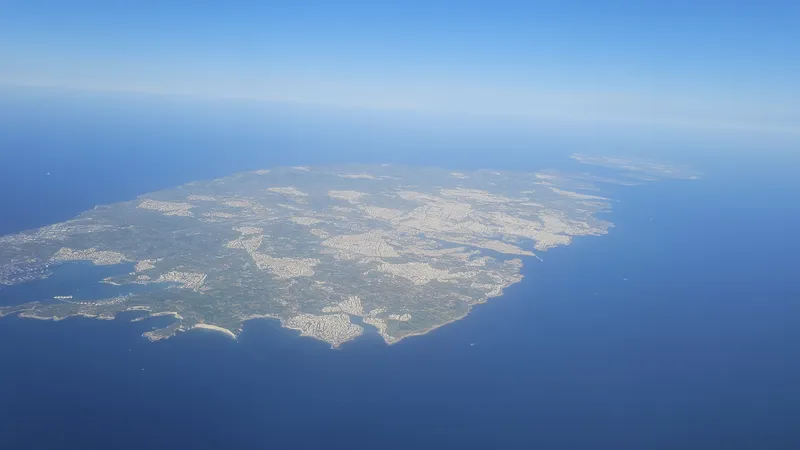Terrestrial Environment
Geology and Landscape
Climate and Its Influence
Biodiversity and Ecosystems
Human Impact and Environmental Challenges
Conservation Efforts
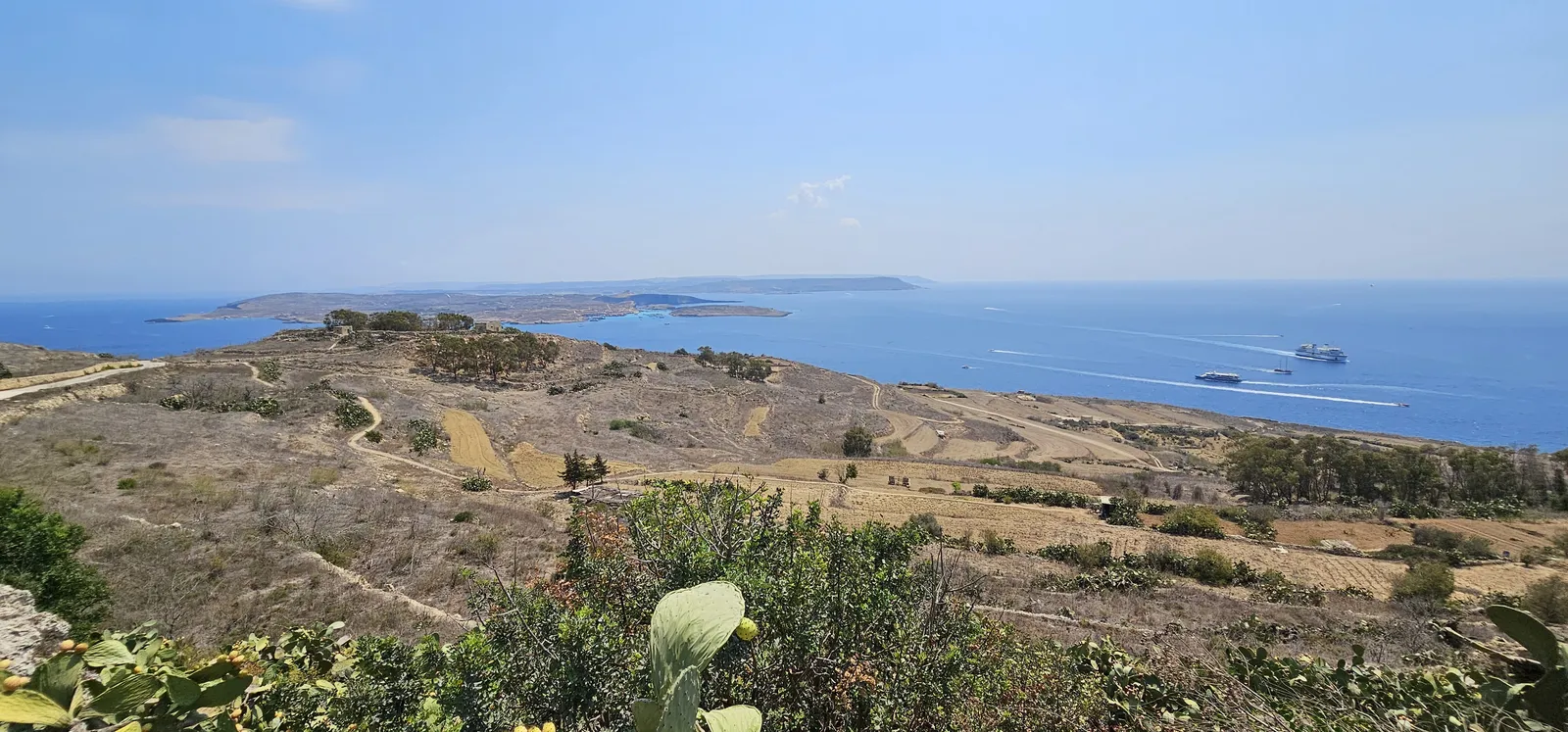
Gozo looking south towards Comino and Malta. Copyright © 2025 Stephen Yardley
The terrestrial environment of the Maltese Islands is a testament to the resilience and diversity of Mediterranean ecosystems. While facing significant environmental pressures, the islands continue to support a unique array of species and habitats. Continued conservation efforts, sustainable development, and increased public engagement are essential to ensure that the natural beauty and ecological richness of the Maltese Islands endure for future generations.
Environments
Indepth reading, follow the links:
The Maltese Islands possess a rich yet fragile terrestrial environment shaped by their Mediterranean climate, limestone geology, and centuries of human influence. Despite their small size, the islands host diverse habitats such as garigue, maquis, and valleys, supporting over 1,200 plant species, including unique endemics like the Maltese Rock-Centaury. The islands are also an important stopover for migratory birds.
Human activities—urbanization, agriculture, quarrying, and tourism—have caused habitat loss and environmental degradation. Water scarcity, pollution, and climate change further threaten ecological balance. In response, Malta has established protected areas and conservation initiatives to safeguard its biodiversity. Sustainable management and public awareness are key to preserving the islands' natural heritage.
Despite the small size of the islands and limited natural resources, the terrestrial environment of these islands is rich in biodiversity and geodiversity, shaped by a combination of climate, geography, and centuries of human influence. The unique ecology of the Maltese Islands reflects a delicate balance between nature and human development, making their terrestrial environment both fascinating and vulnerable.
Geology and Landscape
The geological foundation of the Maltese Islands is predominantly sedimentary, consisting mainly of limestone layers that date back to the Oligocene and Miocene epochs. The landscape is characterized by rugged cliffs, gentle hills, terraced fields, valleys, and garigue — a type of low, soft-leaved scrubland typical of Mediterranean ecosystems. The islands' topography, although not mountainous, provides a variety of microhabitats that support diverse flora and fauna.
Climate and Its Influence
The Maltese Islands experience a Mediterranean climate with hot, dry summers and mild, wet winters. This climate has a profound effect on the terrestrial environment, influencing plant growth cycles, animal behavior, and water availability. Due to limited rainfall and the absence of permanent rivers or lakes, water scarcity is a key environmental issue. Seasonal freshwater streams, known as "wied," are crucial for local biodiversity and agriculture.
Biodiversity and Ecosystems
Although small in area, the Maltese Islands host a surprising range of biodiversity. Over 1,200 species of flowering plants have been recorded, including numerous endemic species such as the Maltese Rock-Centaury (Cheirolophus crassifolius), Malta’s national plant. The islands also support diverse habitats such as maquis, garigue, steppe, woodland remnants, and coastal cliffs. These habitats are home to reptiles like the Maltese Wall Lizard, mammals such as the hedgehog and bat species, and a variety of insects and birds.
Migratory birds are especially notable in the Maltese environment, as the islands lie on an important migration route between Europe and Africa. This makes them a key stopover for many species during the spring and autumn migrations.
Human Impact and Environmental Challenges
Human activity has significantly altered the terrestrial environment of the Maltese Islands over millennia. Urban expansion, quarrying, agriculture, and tourism have led to habitat loss, soil degradation, and pollution. Illegal hunting and trapping of birds have historically been controversial issues, though efforts are ongoing to regulate and curb these practices.
The limited natural freshwater sources are under pressure due to over-extraction and contamination. Climate change is also beginning to affect local ecosystems through increased temperatures, altered rainfall patterns, and sea-level rise, all of which could threaten the balance of the terrestrial environment.
Conservation Efforts
In response to these challenges, Malta has established several protected areas under national legislation and EU directives, including Natura 2000 sites. These protected zones aim to conserve habitats and species of European importance. Environmental NGOs and government agencies are actively involved in ecological restoration, public awareness campaigns, and biodiversity research.
Efforts such as afforestation projects, wildlife rehabilitation, and the restoration of valleys and garigue habitats contribute to the sustainable management of the terrestrial environment. Education and community involvement are increasingly recognized as vital components of long-term environmental conservation.
